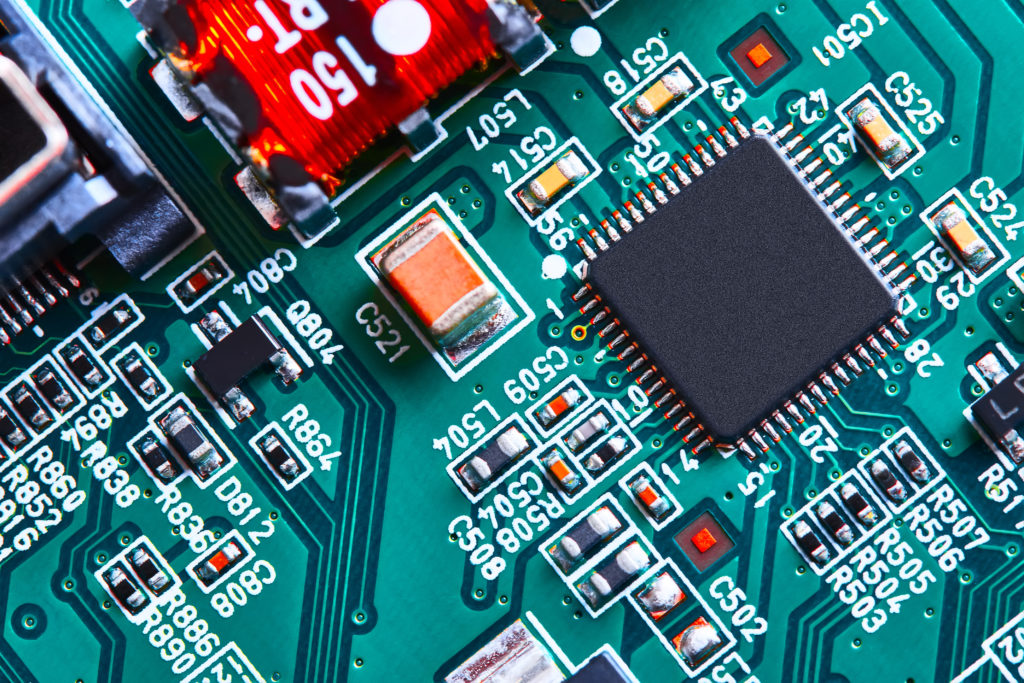Interesting Facts about Electronic Circuits

Here we take a little break to explore some fun, random and interesting facts about electronics that you may not know.
Why are circuit boards green?
Printed circuit boards first began being developed in the early 1900s. The earliest versions were constructed by just simple wires that connected components together by a series of pegs or “posts”. This was very unreliable as these connections would often crack and degrade over time. As techniques improved manufacturers needed a non-conductive yet durable substrate with which to lay the copper conductive traces upon. One of the cheapest solutions was fiberglass that was bonded with a glass reinforced epoxy-resin, and since this glass natural color is green, the boards would appear green as well. Coincidentally this is the same reason early bottles of cola were green – it was simply the cheapest way to make them. This circuit board construction material came to be known as FR-4. The FR stands for “Flame-Retardant” and is the most widely used PCB material.
What do the numbers and symbols mean on an IC?
The first thing you will notice on an IC is some form of notch or dot. This is not on there by accident. This mark designates how the IC should be oriented on the circuit board. If it is not placed correctly it will burn as the input and output pins will be reversed. Next, and sometimes the most confusing, is the identifying markers on the chip itself. Most integrated circuits have three lines. The rule of thumb is first the manufacturer – which is usually a symbol rather than text, followed by the model number and then a date code.
How small can components get?
There is an actual theory to this which is called Moore’s Law, which states that the amount of transistors that can be placed in integrated circuit doubles every two years. The first widely available IC released by Texas Instruments called the Multivibrator #502 contained only six resistors, four diodes and two capacitors and two transistors. To compare, there are now commercially available processors that contain 7.2 billion transistors. Is there a limit to how small components can get? Scientists think so and it is due mostly to theories within quantum mechanics. The general observation is that the smaller things become, the harder it is to predict their behavior. The property of transistors which make them work is the ability to direct the flow of electrons. At a quantum scale this becomes difficult because once the insulating material directing the electrons becomes thin enough, they will no longer affect the electron and it will simply pass through rather than be directed. In a circuit, this would cause a failure. Until this problem is addressed there is a hard limit on how small transistors can be made.
So there you have it. These are just a few interesting facts about electronics. If you have one to share we would like to hear them! Please share your fun facts below and be sure to visit gesrepair.com or call us at 1-877-249-1701 to learn more about our repair services. We repair Industrial Electronics, Servo Motors, AC and DC Motors, Hydraulics and Pneumatics.